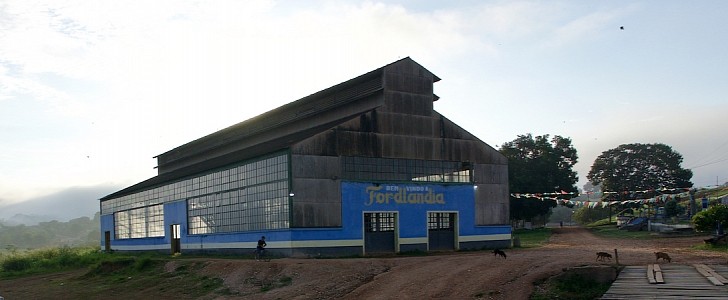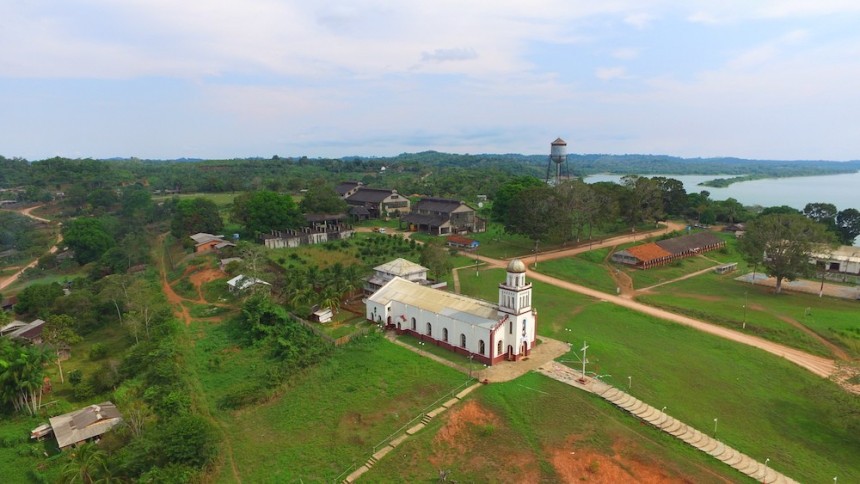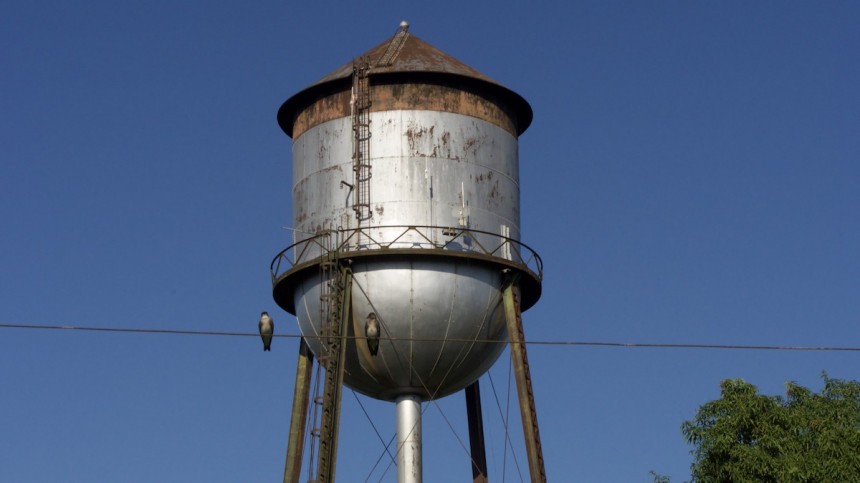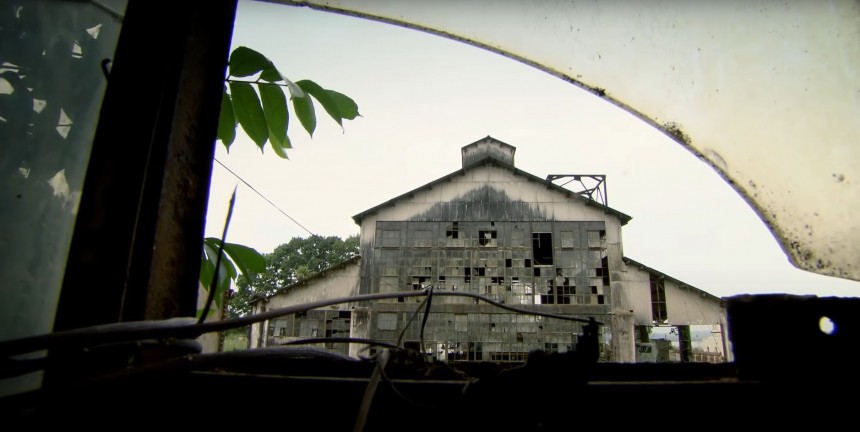Today it seems like the auto industry has no real ambition anymore. Yes, carmakers are trying to come up with different designs, powertrains, and cars that make you fall in love with them. But there’s a general feeling of lacking. As customers, we’re missing something rather important – the “wow” factor. Nothing’s truly catching our admiration and attention anymore. But Ford managed to do it almost a century ago and not with a new car. Here’s how and why it failed.
The United States of America gained its independence from the British in 1776. But the Empire was so big and so extended in almost any sector of the world that even two centuries later, there were a lot of ways in which you had to deal with them. There were no alternatives. You either signed a contract with the British, or you'd have to find other ways of running your business that were not as easy and secure.
Henry Ford wasn’t the kind of man you could strongarm into something he didn’t like. The man was an international legend, a figure many looked up to for inspiration or courage. He paid the highest wages in America, established the 8-hour workday, offered discounts to Ford’s employees for things they made and managed to kickstart the birth of an industrial giant. He also had some controversial views and was almost a declared supporter of the horrific Nazi regime, but that’s not our focus here.
After having to deal with the British for rubber, he decided to source its own. The material was a vital component for tires and wiring. Ramping up production of different vehicles meant the quantity of rubber bought had to increase. The British weren’t so keen on giving more for the same price. Other suppliers were too far.
That’s why Henry Ford immediately looked for different suppliers and stumbled upon a great idea: the creation of a city in a different country that promoted the American way of life and guaranteed enough raw material sourced and processed locally.
He tried it in the U.S., but it didn't work. Finally, a Republican senator stopped the proceedings, and the rubber trees weren't going to grow as they did in other countries.
The American company didn't waste any precious time. Work started on-site in 1926. The goal was to create a village at first, which later would've been turned into a small city. The official statement revolved around the idea of creating opportunities for locals, and almost nobody admitted they were doing this for money or for independence from the British.
Tragically for Ford, the result was a huge loss.
Henry Ford didn’t know anything about rubber trees, but he put his hopes in various experts that promised him they knew what they were doing. Ships were sent from the U.S. with clothes, tools, and other important stuff. The reports sent back were good. It looked like it was prone to work marvelously.
The first thing they built was a water tower with the Ford branding on it and next to it… The rubber factory! It was set up quite fast after the initial hurdles were cleared. But it was only a big shed. Nothing worked because there was no way of making tires without rubber.
However, people directed their efforts on making Fordlandia a real location in which you could’ve lived happily. A real attempt was made by those engaged in this huge operation. The management, however, was close to disastrous. Executives didn’t know anything about running an agricultural business or a city.
Furthermore, a clash of cultures happened. Locals were unfamiliar with American fast-food and Midwest-like housing, while measures like banning alcohol, woman, and sports were considered very unpopular by those employed there, to say the least. In the end, a revolt happened. The Ford bosses were chased away, communication lines were cut, and the entire thing collapsed in a little under a decade with no solution in sight. Brazilian authorities weren't keen on helping either.
The American carmaker abandoned Fordlandia, and Henry Ford never got to see the place on his own. The project was relocated to another Brazilian city, where rubber trees already existed. The money spent there was forever lost. More so, the second attempt failed to meet expectations too. Synthetic rubber was invented, and this discovery made the natural resource not as important.
The American automaker gave up on Brazil, but the city still exists, and people live there even to this day.
Fordlandia was a utopian dream that proved why carmakers need to be extra careful when they make decisions. It also showed that you need qualified people around if you’d like to succeed in something this big.
Henry Ford wasn’t the kind of man you could strongarm into something he didn’t like. The man was an international legend, a figure many looked up to for inspiration or courage. He paid the highest wages in America, established the 8-hour workday, offered discounts to Ford’s employees for things they made and managed to kickstart the birth of an industrial giant. He also had some controversial views and was almost a declared supporter of the horrific Nazi regime, but that’s not our focus here.
After having to deal with the British for rubber, he decided to source its own. The material was a vital component for tires and wiring. Ramping up production of different vehicles meant the quantity of rubber bought had to increase. The British weren’t so keen on giving more for the same price. Other suppliers were too far.
He tried it in the U.S., but it didn't work. Finally, a Republican senator stopped the proceedings, and the rubber trees weren't going to grow as they did in other countries.
Fordlandia in the making
The industrialist set his focus on Brazil after President Henry Roosevelt inspired him to do this. After quick negotiations, he received "Boa Vista" from the Para state, thanks to its governor, who went to the U.S. and signed the deal. Ford got 2.5 million acres of land, and the only thing they had to give back was 9% of the profits. The authorities even got rid of the taxes on exportation.The American company didn't waste any precious time. Work started on-site in 1926. The goal was to create a village at first, which later would've been turned into a small city. The official statement revolved around the idea of creating opportunities for locals, and almost nobody admitted they were doing this for money or for independence from the British.
Tragically for Ford, the result was a huge loss.
Henry Ford didn’t know anything about rubber trees, but he put his hopes in various experts that promised him they knew what they were doing. Ships were sent from the U.S. with clothes, tools, and other important stuff. The reports sent back were good. It looked like it was prone to work marvelously.
Errors in the making
The first step was turning the land into a rubber tree plantation, as the Amazon Forest in that specific Brazilian area wasn’t home to many of these important saplings. They cleared the area, but the problem was that accessing the site was a hassle for ships. This meant food was arriving late, and nobody took responsibility to change things fast. Moreover, the person responsible for the entire operation didn’t have any agricultural experience.However, people directed their efforts on making Fordlandia a real location in which you could’ve lived happily. A real attempt was made by those engaged in this huge operation. The management, however, was close to disastrous. Executives didn’t know anything about running an agricultural business or a city.
Furthermore, a clash of cultures happened. Locals were unfamiliar with American fast-food and Midwest-like housing, while measures like banning alcohol, woman, and sports were considered very unpopular by those employed there, to say the least. In the end, a revolt happened. The Ford bosses were chased away, communication lines were cut, and the entire thing collapsed in a little under a decade with no solution in sight. Brazilian authorities weren't keen on helping either.
The American carmaker abandoned Fordlandia, and Henry Ford never got to see the place on his own. The project was relocated to another Brazilian city, where rubber trees already existed. The money spent there was forever lost. More so, the second attempt failed to meet expectations too. Synthetic rubber was invented, and this discovery made the natural resource not as important.
The American automaker gave up on Brazil, but the city still exists, and people live there even to this day.









